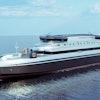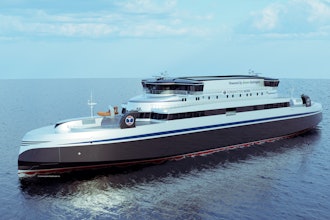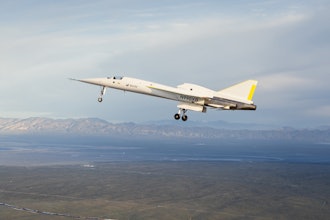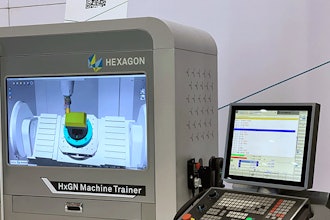
SAN LUIS OBISPO, CA -- Lockheed Martin's advanced tactical Group 3 unmanned aerial system (UAS), Fury, is regularly flying long-range endurance test missions as the company prepares it for low-rate production.
In flight tests since May 2016, Fury has flown more than 200 hours and reliably demonstrated more than 12-hour endurance, while simultaneously operating 100 pounds of payloads, including electro-optical/infrared surveillance systems, voice communications relays, SATCOM links, and multiple signals intelligence payloads.
The ramp-up in flight tests and demonstrations has grown significantly. Fury has completed over 400 flight test hours, with significant increase in the second half of 2016.
Lockheed Martin regularly flies Fury at its operating base at the Yuma Proving Ground in Arizona where the team inserts pre-planned product improvements to further the Fury capability. Fury can support multiple payload integration, making it possible to efficiently execute various missions with a single aircraft.
According to Kevin Westfall, Director of Unmanned Systems at Lockheed Martin, infrastructure is in place at Lockheed Martin manufacturing facilities to quickly deliver Fury and to rapidly scale up to full-rate production needs.
Lockheed Martin is in discussions with potential domestic and international customers.






















